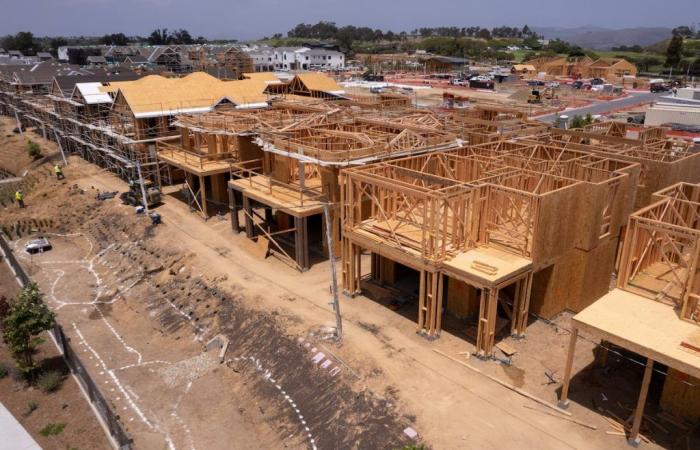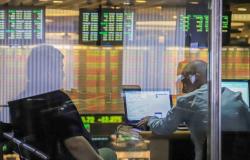The US economy is cooling. The high interest rates maintained by the Federal Reserve to combat inflation have taken a toll on the world’s leading economy. The gross domestic product (GDP) grew in the first quarter of the year at an annualized quarterly rate of 1.4%, according to the second review carried out by the Bureau of Economic Analysis, dependent on the Department of Commerce. Although it is one tenth more than in the previous estimate, it represents a sharp stop compared to previous quarters and the most moderate expansion since the GDP contracted in the second quarter of 2022. In the third quarter of 2023, the economy grew at a quarterly annualized 4.9% and in the fourth, 3.4%. Even so, the data is slightly higher than what analysts expected.
The US economy is losing momentum in the middle of an election year, although it still maintains a low unemployment rate. The data is published on the day the first debate is scheduled between the candidates for the presidential elections on November 5, Joe Biden and Donald Trump, in which the economy will be one of the issues to be discussed. Citizens’ discontent about the situation is due above all to the sharp rise in prices during Biden’s mandate, marked by the post-pandemic recovery, with its bottlenecks, and by the war in Ukraine and the supply shock that it entailed. about food and energy.
Compared to the fourth quarter, the slowdown in real GDP mainly reflected lower growth in consumer spending, exports, and state and local government spending, as well as a slowdown in federal government spending. These movements were partly offset by an acceleration in residential fixed investment. Imports accelerated, challenging GDP growth.
The savings cushion is exhausted
The strength of consumption has been the main driver of the US economy. Its resistance has defied expectations and has been based both on strong job creation and on the extraordinary pool of savings accumulated during the pandemic thanks to public aid and lower spending derived from confinement. Now, the labor market is cooling and, according to calculations by the San Francisco Federal Reserve, that extra cushion of savings, which once exceeded two trillion dollars, has been exhausted. Americans are pulling out credit cards and delinquencies are increasing. They are signs that the main engine of the economy is losing power.
The Federal Reserve has not yet achieved its objective of price stability, defined as inflation of 2%. Faced with the resistance of prices to moderate their growth, it has kept interest rates at 5.25%-5.5%, their highest in 23 years, longer than it had initially planned. In addition, its roadmap now only includes one rate cut before the end of the year, although some members of its monetary policy committee are still betting on two and it will depend on the data that a first downward movement may arrive at the last meeting of the summer, in September.
Follow all the information Economy and Business in Facebook and xor in our weekly newsletter






